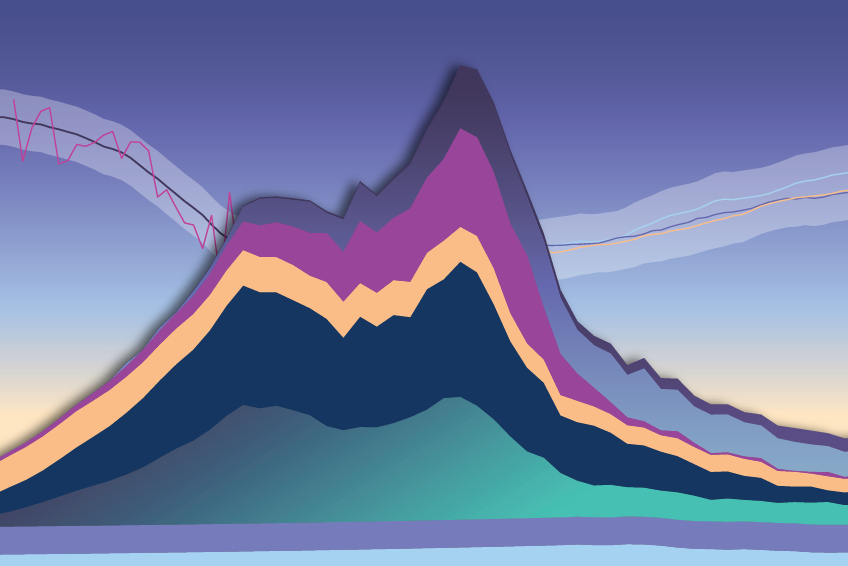EEAP 2022: TFA emissions until 2100 from HFCs and HFOs
EEAP 2022 and SAP 2022 [1] have the same forecasts for the global generation and deposition of TFA, based on the assumption that that 50% of the future emissions of low-GWP alternatives are related to HFOs,from which it is assumed that 50% is HFO-1234yf, with a conversion rate of 100% to TFA. The calculation also assumes that the formation of TFA from HFC-134a is based on its expected mixing ratio of HFC-134a and its lifetime of 14 years. Conversion rates from the destroyed HFC-134a amounts to TFA were 7–20%. Releases of other potential sources of TFA were not included but are expected to be much smaller.

The emissions of TFA, from HFO-1234yf and HFC-134a, are estimated to increase concentrations in the global oceans from the nominal value of 200 ng acid equivalent/L (equivalent to 239 ng TFA sodium salt/L) in 2020, to 266–284 ng sodium salt/L in 2100 if evenly distributed across all oceans. “It should be noted that the geographic distribution of TFA released into the atmosphere across the globe has changed with the introduction of refrigerants and blowing agents such as HFOs with short atmospheric lifetimes (days). The longer atmospheric lifetimes of the older generation HFCs allowed wider and more even distribution of parent HFCs and deposition of TFA, across the globe. The HFOs will be degraded by tropospheric OH radicals closer to the source of release with resulting steeper gradients of concentration depending on wind direction and velocity. As a result of this uneven deposition, concentrations of TFA in surface waters will vary with flow rates and volumes of water.”
“Presence of TFA in precipitation and flowing waters will be driven by release from precursors and other sources as well as the hydrology and will likely fluctuate. Concentrations in terminal basins such as the oceans will fluctuate less but will be dependent on rates of inputs from precipitation and rivers. Once in the oceans, concentrations will be influenced by rates of input of fresh water as well as currents and mixing in the oceans. Current and projected (to 2100) concentrations of TFA in the oceans provide a very large margin of exposure (thousand-fold) when compared to thresholds of toxicity and risks to the environment and human health are de minimis. However, there is some uncertainty in the environmental toxicity values because only two marine species are included in the toxicity data set for aquatic species; and marine macrophytes, which are keystone species with respect to habitat, have not been tested.”
Notes
[1] SAP 2022: World Meteorological Organization (WMO). Scientific Assessment of Ozone Depletion: 2022, GAW Report No. 278, 509 pp.; WMO: Geneva, 2022. Available at https://ozone.unep.org/science/assessment/sap